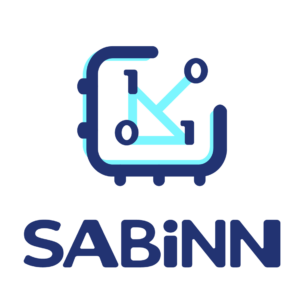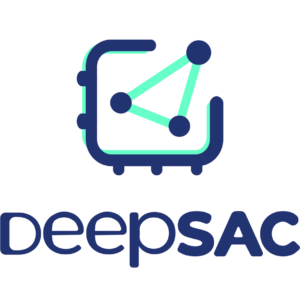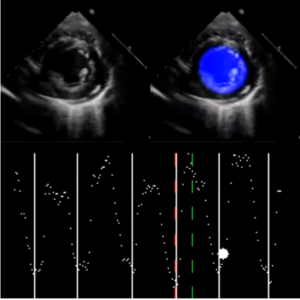AI/Machine Learning Hardware Architecture
Our research laboratory works on developing energy-efficient AI and machine learning models and algorithms that are tailored for seamless deployment on edge/hardware. Our methodologies and design prioritize efficiency without compromising performance, enabling devices to make intelligent decisions at the edge of the network. Our compact, versatile models are applied in industries such as healthcare and IoT, ensuring a sustainable and intelligent future.
Research Topics

Shift-Accumulator Based Binarized Neural Network
A power-efficient hardware model called SABiNN: Shift Accumulator Based binarized Neural Network has been developed. It converts all the network’s hyper-parameters, such as weights and their biases, into binary values (+1 and -1/0). The SABiNN model is inspired by Matthieu Courbariaux, Yoshua Bengio, and his team’s Binarized Neural Network (BNN). SABiNN significantly reduces the power consumption rate of the model and decreases the percentage of resource utilization when embedded into re-programmable hardware.
More information about SABiNN can be found in: github

Shift-Accumulator Based Deep Neural Network
In the DeepSAC method, a targeted NN model is first trained, and all its weights are extracted. Then, compression techniques such as n-bit quantization and pruning are implemented to reduce the sparsity of the selected NN model. After compression, the next task is converting the hyperparameters into multiples of 2s to replace multipliers with shifters. After a successful conversion, the weights are plugged into the original NN model, and a forward pass is executed to check if the accuracy is maintained.
More information about DeepSAC can be found in: github

Classification of Cardiac Diseases and Abnormalities using Echocardiogram
Developing real-time Artificial Intelligence (AI)/Machine Learning (ML) models in detecting cardiac and abdominal abnormalities using ultrasound videos is paramount. Ultrasound, a non-invasive and widely accessible imaging modality, offers real-time insights into vital organs. Using AI/ML models can revolutionize healthcare by enhancing early diagnosis, automation and continuous monitoring, improving patient outcomes, and reducing healthcare costs.